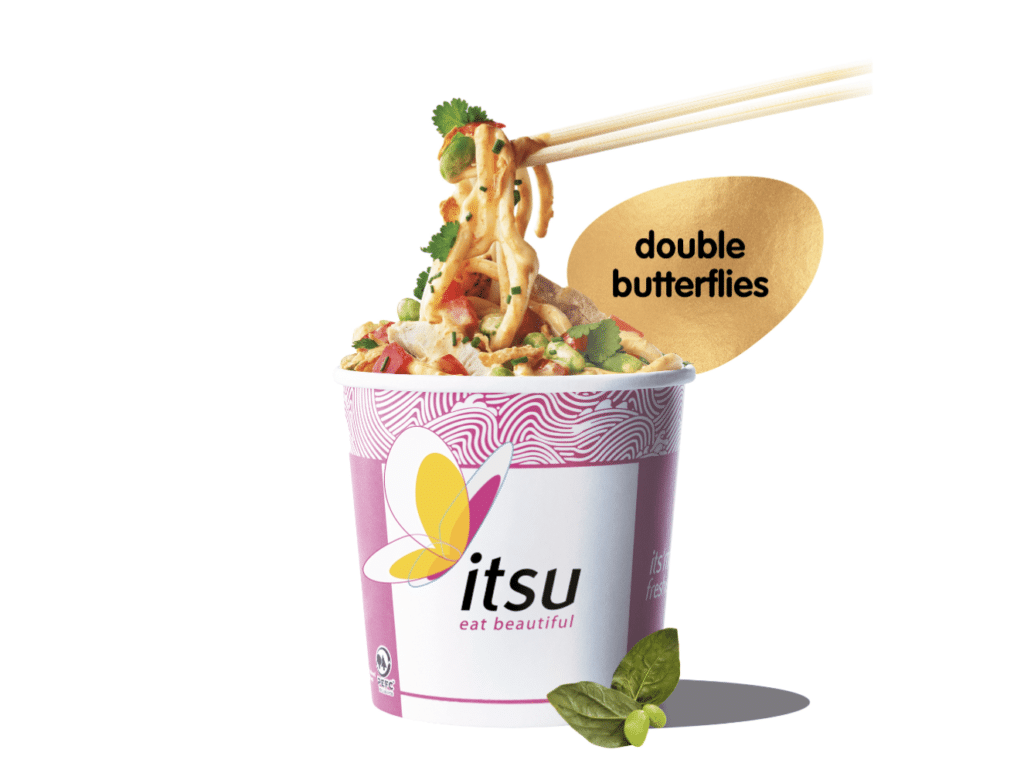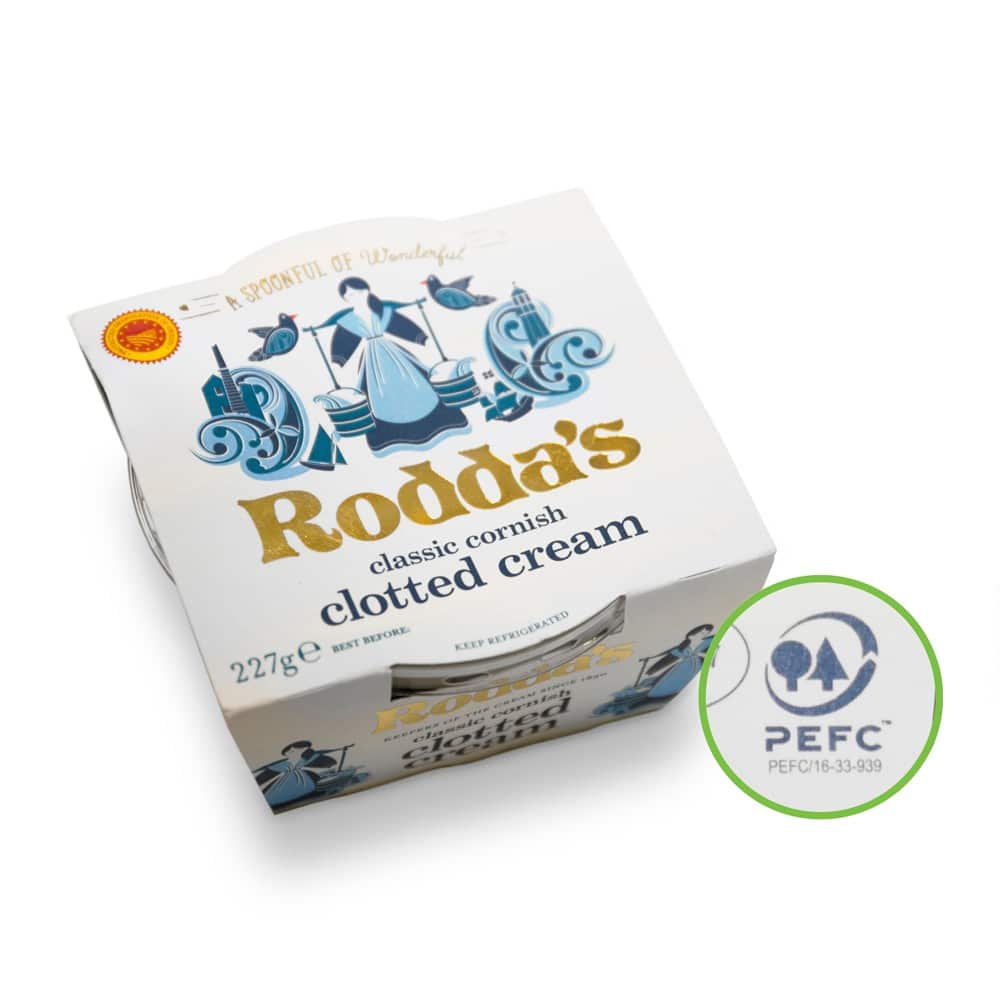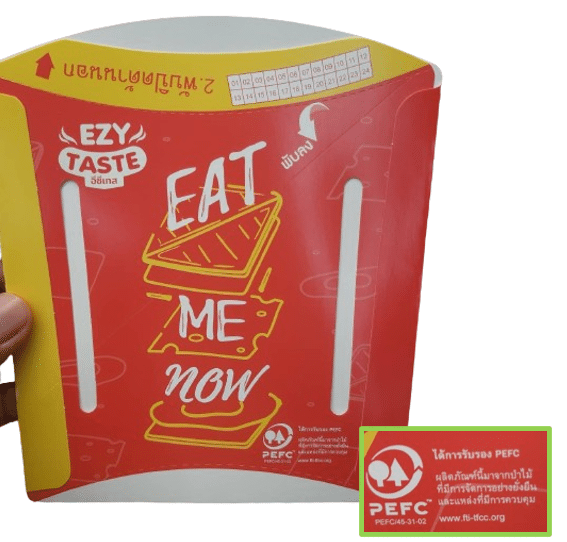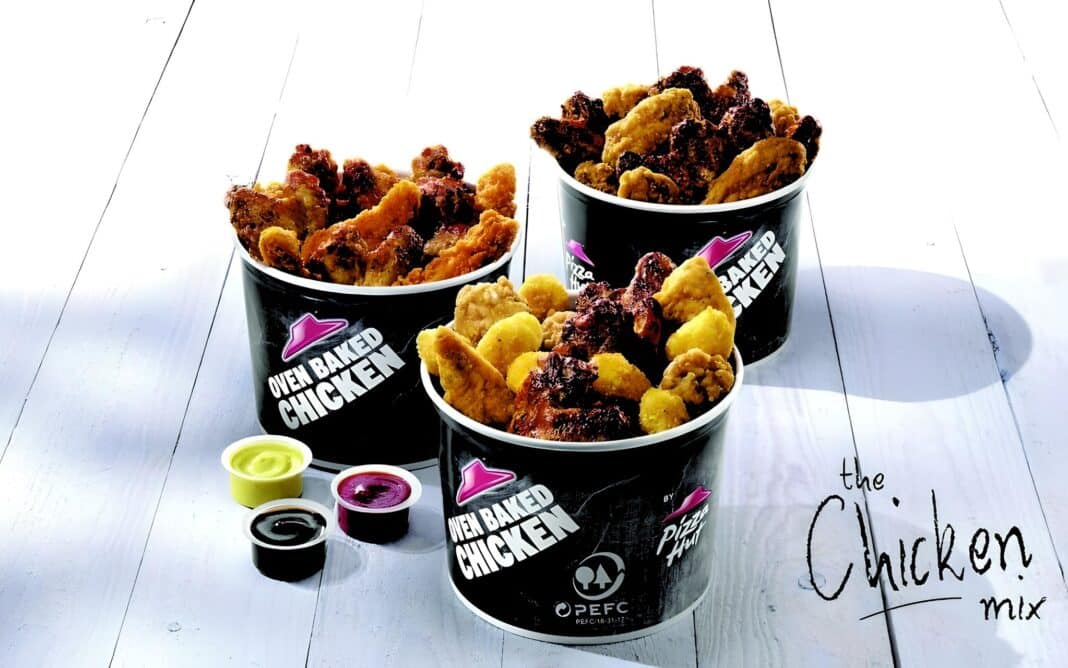Product packaging is part style, part function and an essential part of doing business, from e-commerce to the food industry or in-store. However, the sheer quantity of products being bought and sold means hundreds of millions of packages end up in landfills worldwide every day.
With increased consumer demand for plastic alternative packaging like fibre-based packaging (FBP), the industry is projected to grow over 18% by 2027, and the packaging industry is faced with a tremendous opportunity to innovate and reshape the industry.
Embracing sustainable packaging means responding to consumer demand and protecting our planet for generations by becoming a part of the movement that reduces environmental impact, fosters a circular economy, and inspires responsible consumption.
- Read more about how environmentally conscious manufacturers answer the call for sustainable alternatives by embracing innovative fibre-based paperboard products here.
Consumers crave clarity, and regulators are responding.
With the tide turning on single-use plastics, consumer expectations for sustainable packaging are surging, fueled by environmental concerns and tightening regulations.
In Europe, 71% of consumers are eager for more sustainable products, and US shoppers echo the sentiment, with many prioritizing minimal packaging. Asia isn’t lagging. Bain & Company reports that consumers expect brands and governments to champion sustainability from India to Indonesia.

Tired of deciphering greenwashing claims, consumers demand transparency and proof of sustainability. Governments are setting the standard by tightening the belts on unsustainable practices, leading the charge with plastic-focused policies in Asia and Europe.
New Extended Producer Responsibility (EPR) programs in Vietnam and the Philippines shift waste disposal responsibility to producers, making them accountable for the lifecycle of their packaging.
Australia joins the fight with an ambitious target of 100% reusable, recyclable, or compostable packaging by 2025, actively promoting materials from sustainably managed forests.
This trend demands responsible material choices from retailers. Rigid paper, poised to take the crown from plastic by 2026, emerges as a frontrunner, but its impact on biodiversity can’t be ignored.
However, only 22% of companies currently assess their impact on water usage and forest management – a statistic demanding action from the entire supply chain, from forest owners to manufacturers to retailers. Sourcing recyclable materials is a good start; making a real difference requires bold action given the volume needed to fulfil demand. Enter the trusted compass.

The path to sustainability does not have to be murky. Efforts that verify the claims of sustainability from the source to the final package, like PEFC’s Sustainable Forest Management (SFM) and Chain of Custody (Coc) certifications, ensure that the raw materials for FBPs are sourced from responsibly managed forests where endangered trees, conflict timber, and practices that harm the biodiversity have no place.
At every stage, Independent audits to international ISO standards guarantee no “greenwashing” or dilution of the claim. Read more about how printers and converters pass on the sustainability claim through the supply chain here.
Leading companies like Avery Dennison are exemplary of this. An Avery Dennison spokesperson said:
“As a global producer of self-adhesive solutions of which paper plays a fundamental role, securing a sustainable long-term material supply was imperative. Integral to our sustainability goals were specific targets related to forestry, namely 100% of paper from certified sources. Our recent China plant got the PEFC Chain of Custody certification.”
Speaking the language of consumers
Labelling and logos are more than verification tools; they’re vital cues in a transitioning industry. Consumers struggle to identify sustainable packaging; studies show up to 90% want on-pack labelling to show the packaging’s environmental status.

Notably, logos give the most assurance to climate-conscious consumers, even over recommendations from media or friends and family. The internationally recognized PEFC International trademark on a package identifies brands and retailers as forward-thinking players on the road to a more sustainable retail ecosystem.
What’s behind the seemingly innocuous impression is the assurance that the packaging indeed originates from a sustainable forest and contributes to the green transition rather than climate change.
Sustainable packaging isn’t just a box to tick. It’s a statement empowered by consumers, fueled by regulations, and guided by independent verification.
With sustainable forest and CoC certification schemes, organizations like PEFC International are building a trusted green ecosystem where manufacturers and retailers can work together to make a difference.
- Learn more about PEFC’s affordable and practical certification programmes here.






